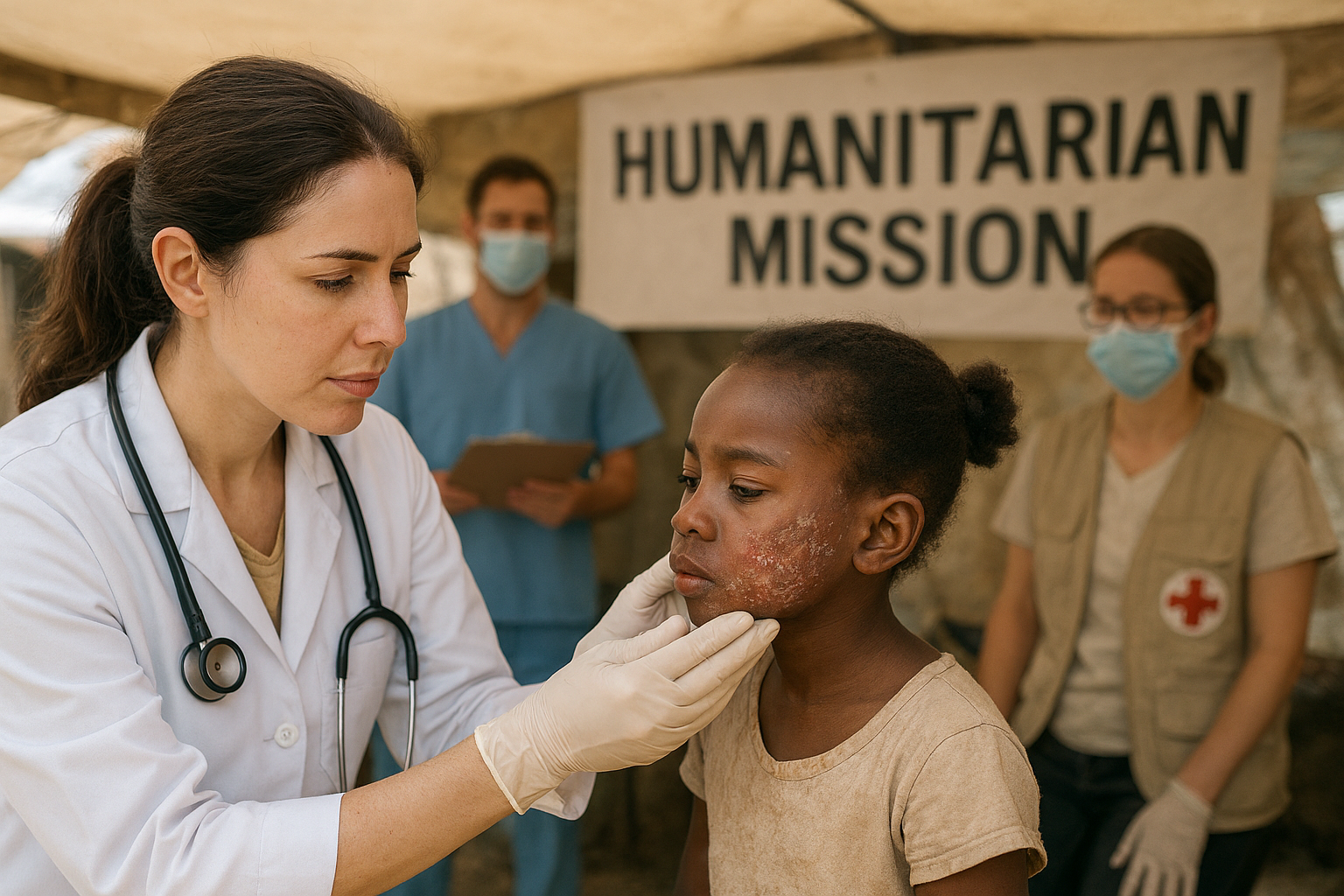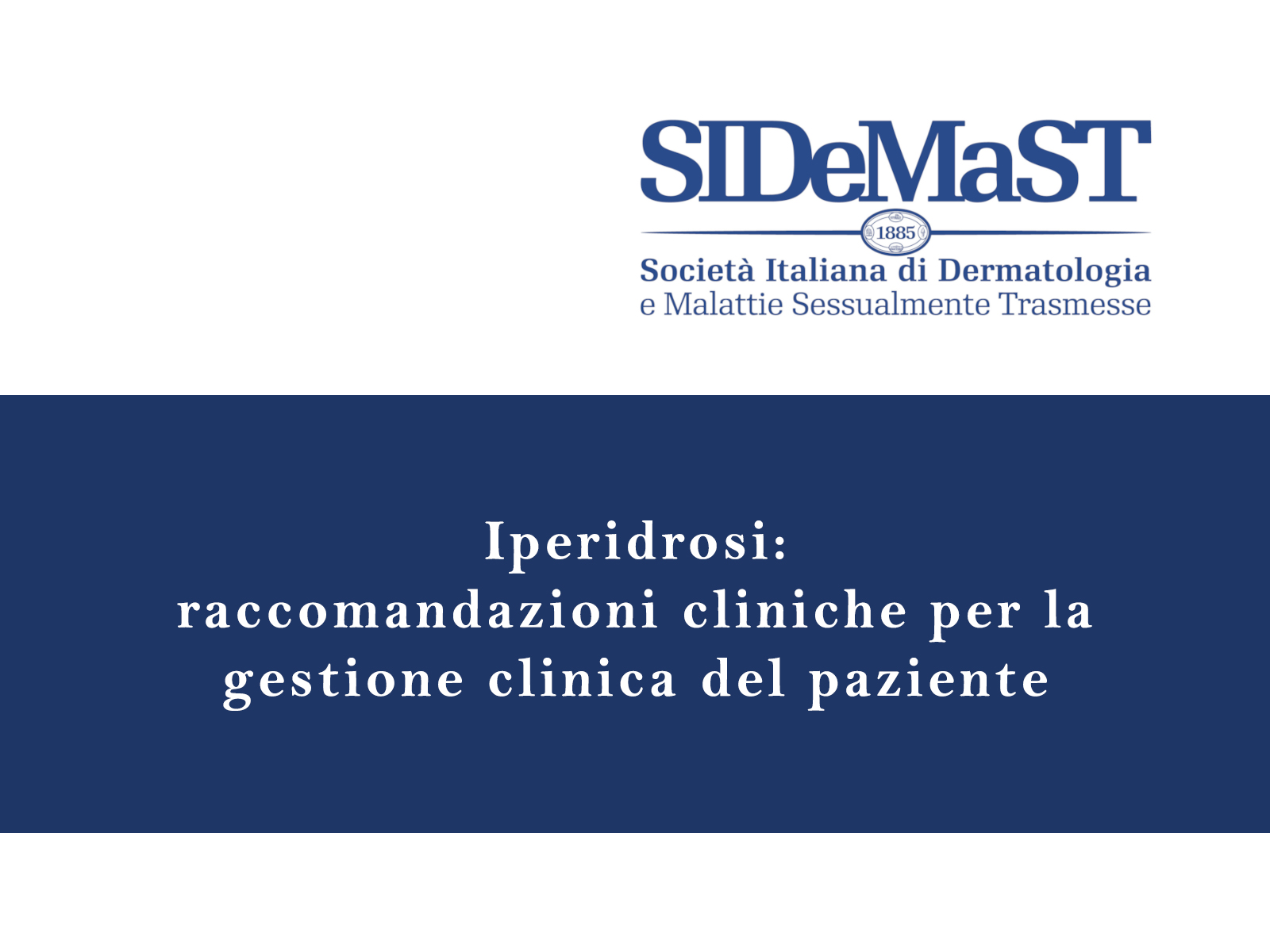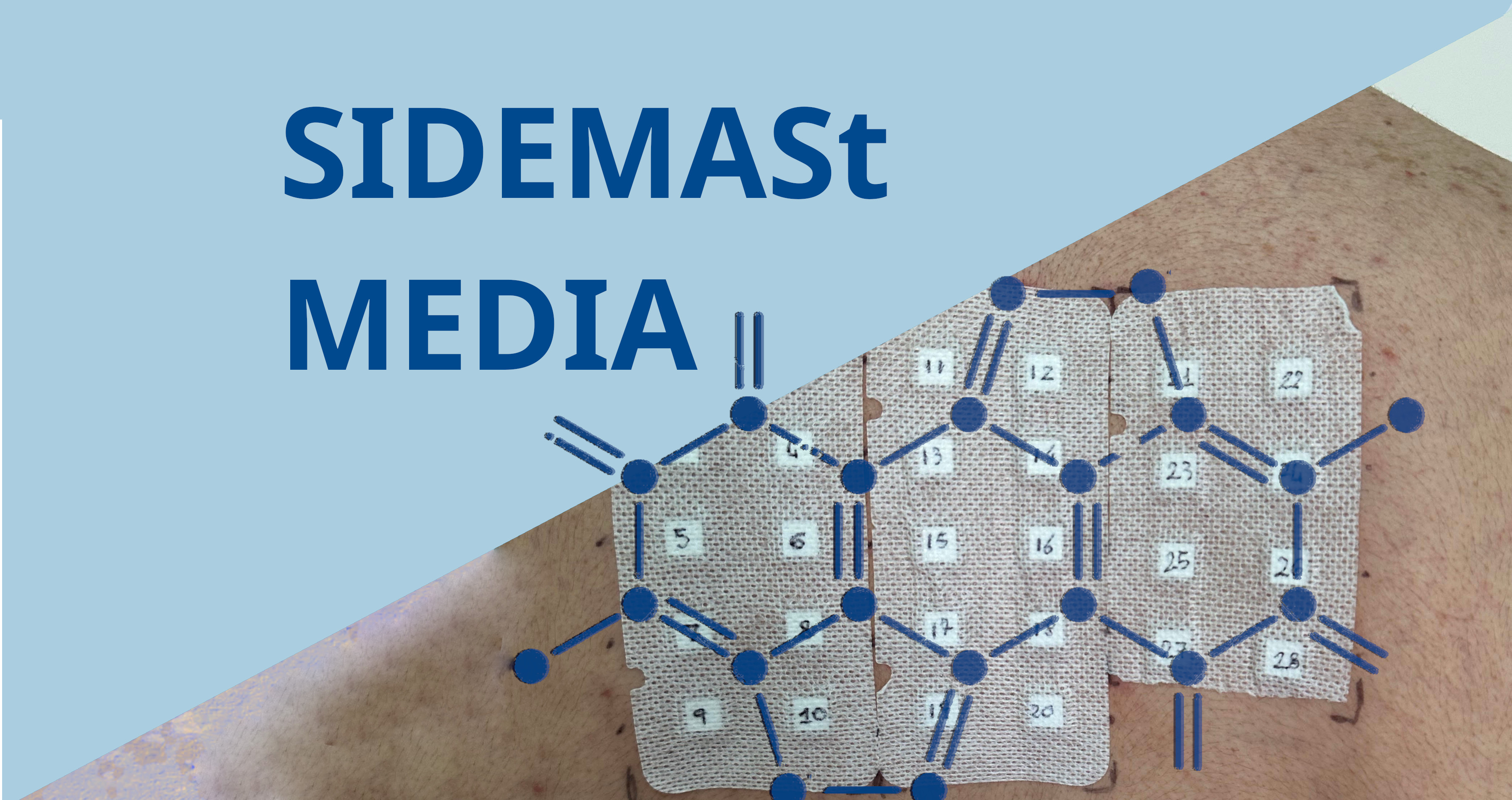BACKGROUND
Studies specifically conducted to assess gender differences in genital lichen sclerosus (GLS) are not available. This multicenter study aimed to identify possible gender-related differences on GLS clinical features, history and course, through collecting data from a large mixed-sex sample of patients.
METHODS
This was a cross-sectional study on 729 subjects (53.8% females, 46.2% males) affected with GLS, consecutively observed within a network of 15 Italian dermatology units. The following information was specifically collected: clinical features and severity of symptoms related to GLS, extragenital involvement, previous therapies, diagnostic suspicion at referral, type of referring physicians, development of genital squamous-cell carcinoma (SCC).
RESULTS
Females complained of symptoms more frequent and severe than men; pallor and scarring-sclerosis-atrophy were the most frequent features without gender differences; itching- related signs were more frequent in females than in males as well as extragenital involvement; prior to receiving a definitive diagnosis, females received treatment more frequently than males; 40% of patients were referred with a misdiagnosis; the highest rate of correct suspected diagnosis at referral came from dermatologists than from other physicians; duration of the disease was found to predispose to SCC development.
CONCLUSIONS
Our findings highlighted several gender differences on clinical presentation and symptom profile of GLS. In spite of some characteristic features, misdiagnosis at referrals was frequent.
Virgili A, Borghi A, Cazzaniga S, DI Landro A, Naldi L, Minghetti S, Fierro MT, Verrone A, Caproni M, Micali G, Gaspari V, Papini M, DI Lernia V, Germi L, Girolomoni G, Belloni Fortina A, Cannavò SP, Bilenchi R, Corazza M; GLS Italian Study Group.
G Ital Dermatol Venereol. 2018 Jan 24. doi: 10.23736/S0392-0488.17.05819-9. [Epub ahead of print]









